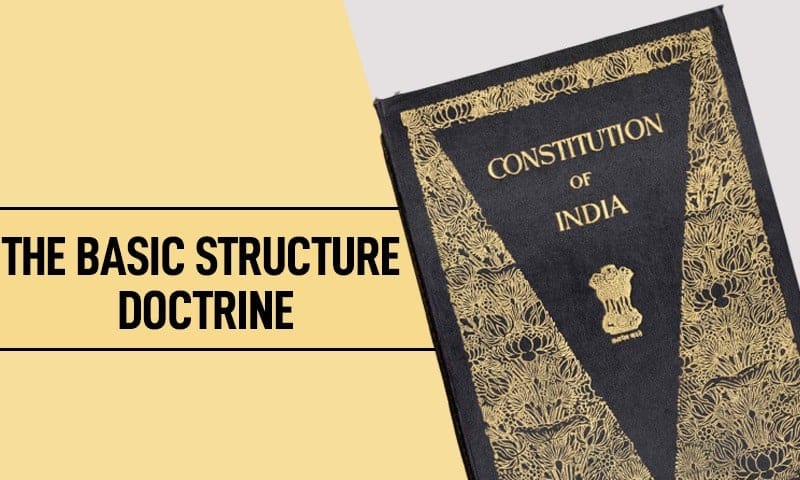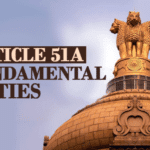The doctrine of basic structure of Constitution, is a judicial innovation which was propounded by the Supreme Court of India in the famous case – Keshavananda Bharti v. State of Kerala (1973). The doctrine simply states that any law enacted by the Parliament which destroys basic structure of the Constitution shall be declared void to the extent of its destruction.
The basic aim of the Supreme Court while innovating this doctrine was to maintain the constitutional superiority and also to make a balance between the three organs of the State i.e. Legislative, Executive and Judiciary. Some identified basic features also said to be basic structures of the Constitution are as follows:
- Supremacy of the Constitution
- Republican and Democratic form of government
- Secular character of the Constitution
- Separation of power between the three organs of the state
- Judicial Review
- Rule of Law
- Sovereignty of the country
- Equality of status and opportunity
- Federal character of the Constitution
- Unity and integration of the nation
- Socialism and social justice
In 1976, through 42nd Amendment Act the then Indira Gandhi government had tried to deprive the Supreme Court from their very power of “Judicial Review” by making an amendment in the provisions of Article 368 of the Constitution of India. Then, by exercising the power of judicial review , the Supreme Court had struck down the amended provisions of Article 368 introduced by the 42nd Amendment Act, 1976 on simple ground that these amended provisions deprive the Supreme Court, the very power of “Judicial Review” which itself a basic structure of the Constitution. And the same was also held in the landmark case Minerva Mills Case, 1980 and Waman Rao v. Union of India, 1981.
More related articles:



